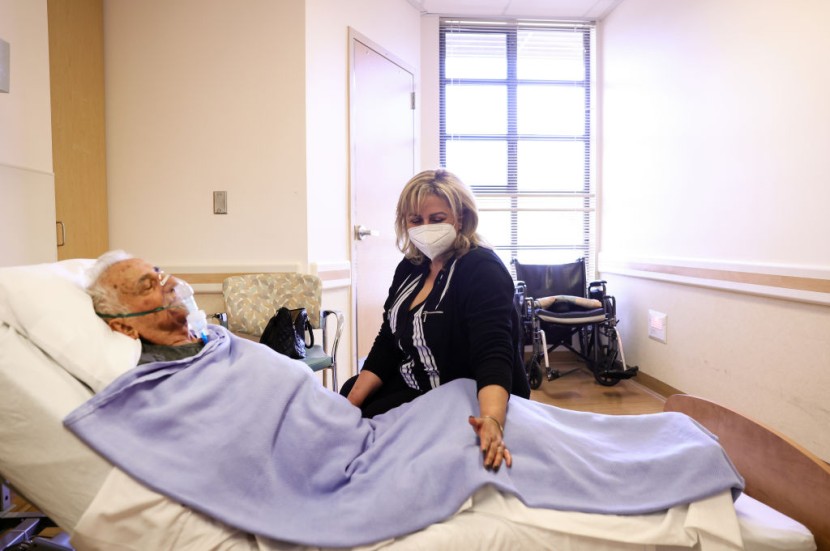In response to systemic issues shown by the widespread COVID-19 deaths, the Biden administration announced Friday that the federal government will for the first time mandate staffing levels at nursing homes.
The suggested criterion is much lower than many advocates had hoped, despite the fact that supporters of older persons and those with disabilities have been calling for such regulation for decades, as reported by The Associated Press. The nursing home sector also expressed outrage at it right once, claiming it amounted to a mandate that couldn't be carried out.
As many Americans turned away from the news for the holiday weekend, a promise made with fanfare in President Joe Biden's 2022 State of the Union speech had its specifics disclosed.
The New Regulations
The new regulations call for staffing comparable to 3 hours for each resident every day, with slightly over half an hour coming from registered nurses. They are currently in the public comment phase and would require additional years to fully implement. Additionally, according to the regulations, facilities must always have a registered nurse on duty.
According to government records, the average nursing home in the United States already has a total caregiver staffing of roughly 3.6 hours per resident per day, with RN staffing just above the half-hour level.

However, the government maintains that the proposed standards will require most of the nation's about 15,000 nursing facilities, which house about 1.2 million people, to hire more personnel.
Prior to the announcement, a senior White House official who requested anonymity said the Biden administration was open to reviewing the personnel level once it was in place.
After a key 2001 CMS-funded research recommended an average of 4.1 hours of nursing care per resident daily, the new benchmarks are significantly lower than those that activists had long been eyeing.
Read also: Two Staff Fired After Exposing Horrific Conditions Inside a US Nursing Home
What Advocates Think
Most American facilities fall short of that standard. Many supporters claimed that it was insufficient because it did not consider quality of life and instead focused only on identifying the point at which individuals would potentially experience harm.
Advocates were initially ecstatic when the Democratic president brought up the subject in his State of the Union address because they anticipated the biggest improvement for residents since the Nursing Home Reform Act of 1987. That changed this week after an unintentional posting of a copy of new CMS-funded research on the matter, which asserts that there is "no obvious plateau at which quality and safety are maximized."
Advocates were devastated and expressed their feelings of betrayal by administration officials whom they believed to be allies. Some of the criticism got much worse as soon as the suggestion became known early on Friday.
The largest lobbying group for nursing homes, the American Health Care Association, has been relentless in its claims that the facilities are in peril due to Medicaid subsidies that are insufficient, widespread hiring and retention issues, and a high rate of home closures. It has warned that a staffing requirement would only make matters worse. However, there hasn't been any indication of a large-scale closure, and critics have suggested that if wages were raised, more workers would show up.
Related article: Pennsylvania Nurse Accused of Killing Patients by Intentionally Injecting Unnecessary Insulin That Caused Overdose








